Have you ever noticed how kids light up when they hear the words “Did you know…?” The wonder behind everyday objects—like bubblegum or crayons—makes learning irresistible. This post is packed with ideas to take your inventor study beyond the basics. Along with ready-to-use reading comprehension resources, you’ll find creative suggestions for incorporating STEM challenges, writing activities, and crafts. Whether you’re teaching about famous inventors or encouraging students to think like inventors themselves, this inventors unit plan offers flexible options to spark curiosity and deepen learning across subjects.
Why Teach About Inventors?
There’s something magical about discovering how things were made. When students read about inventors and their sometimes sticky, crumbly, or colorful creations, they’re not just reading—they’re connecting.
Here’s why this theme works so well in the classroom:
- It supports problem-solving and growth mindset thinking. Inventors often fail before they succeed. Their stories teach perseverance in a real, relatable way.
- It inspires creativity. Reading about how ideas come to life sparks innovation—and students often start dreaming up inventions of their own.
- It deepens comprehension. Real-life stories make abstract reading skills (like cause and effect or author’s purpose) more tangible.
- It naturally integrates subjects. Science, writing, art, and reading come together seamlessly under this theme.
5 Children’s Books About Inventors
This inventors unit centers around five engaging nonfiction and narrative nonfiction books:
- Pop! The Invention of Bubblegum
- The Boy Who Invented the Popsicle
- The Crayon Man
- The Hole Story of the Doughnut
- How the Cookie Crumbled
Click on any of the titles above to purchase them on Amazon! (As an Amazon Associate, I earn from qualifying purchases.)
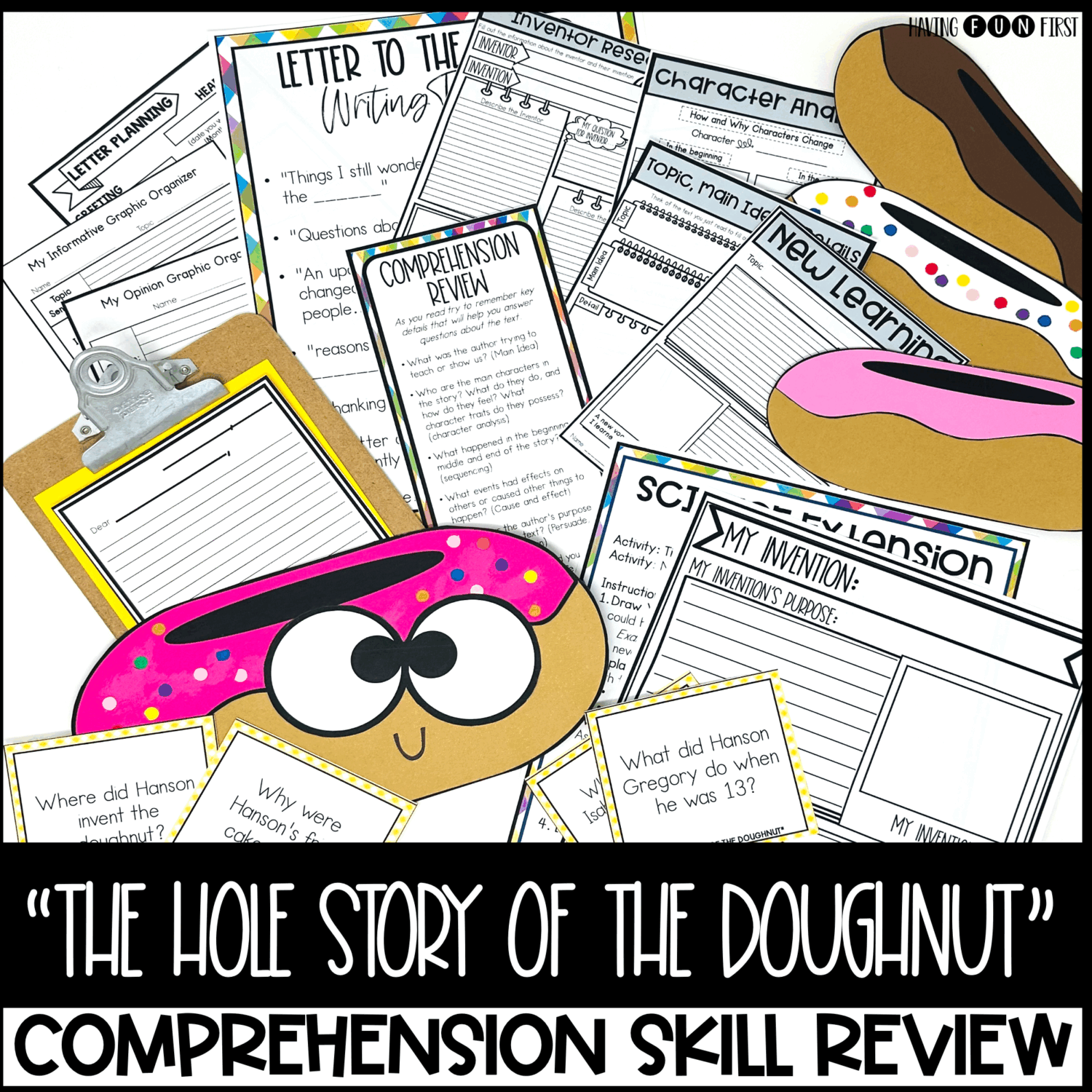
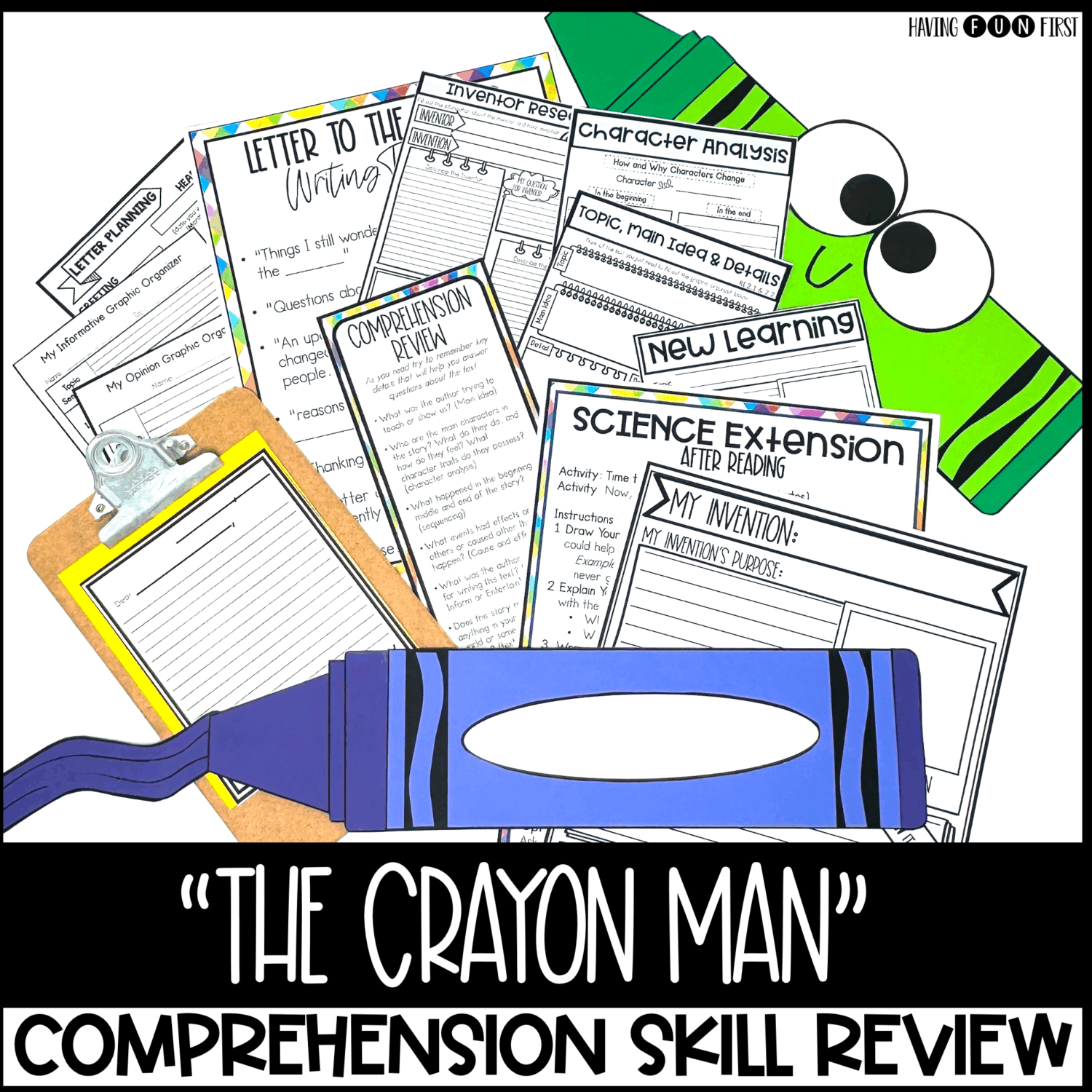
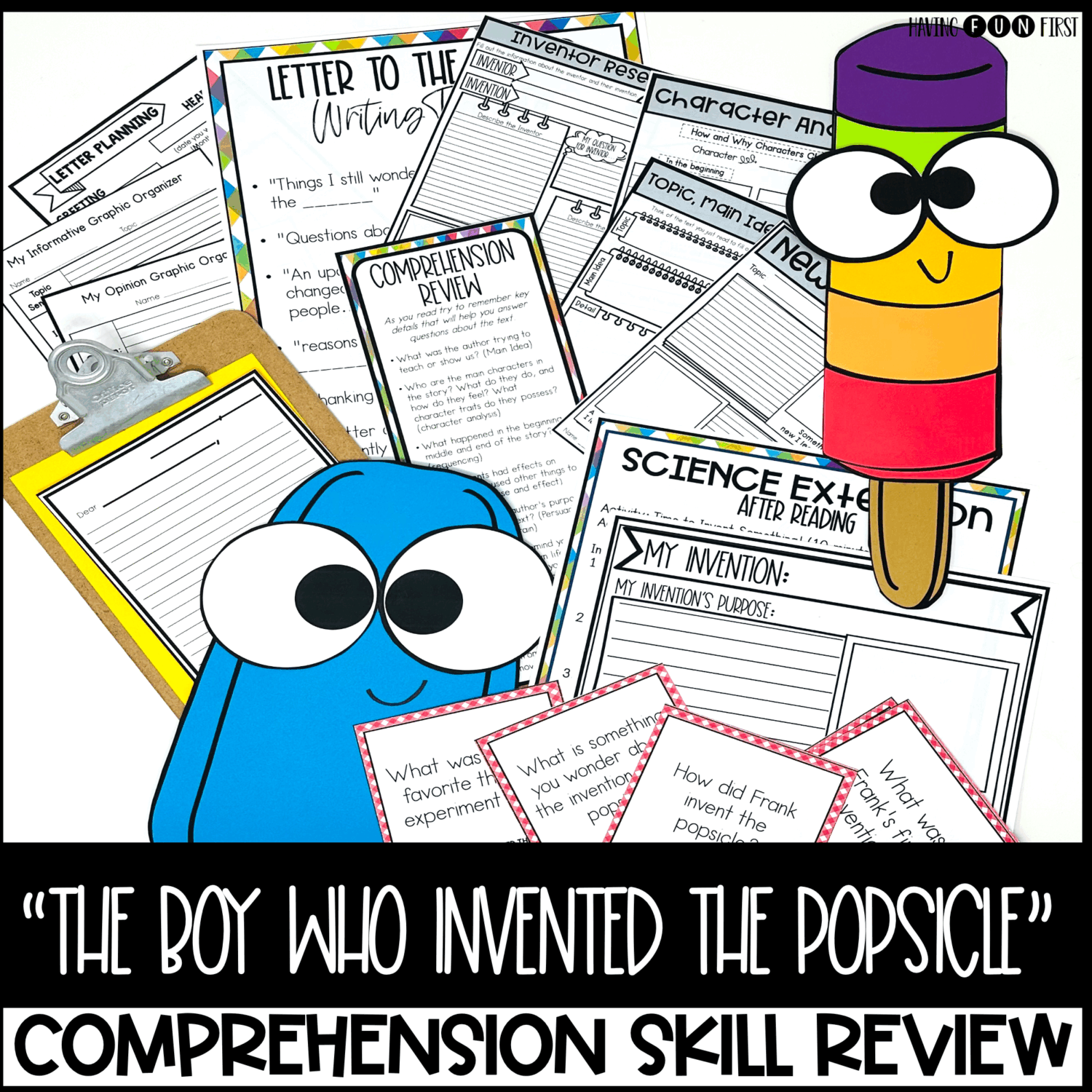

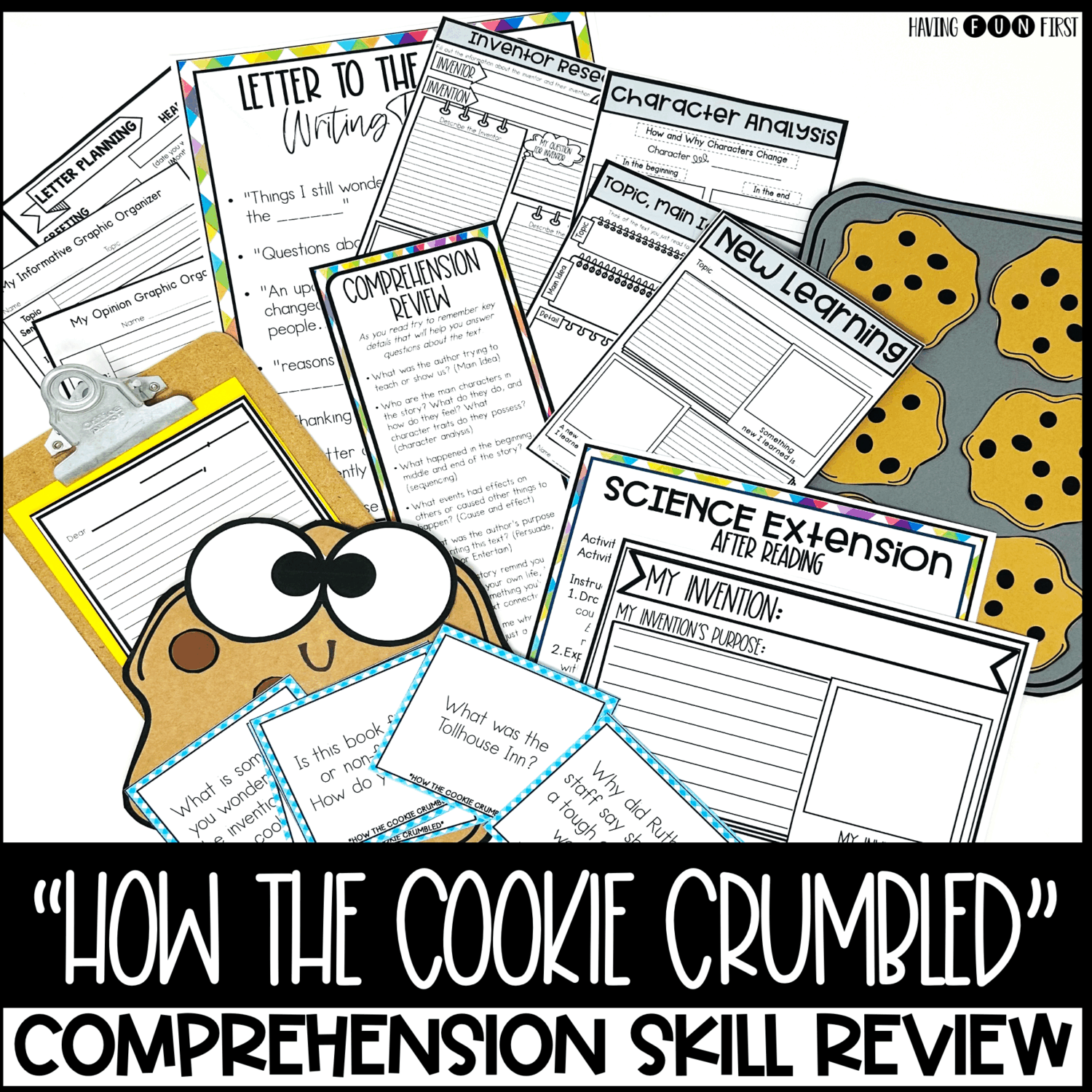
My units for each of these books include the following:
- A one-of-a-kind craft
- Story element posters and anchor chart headers
- Graphic organizers for key comprehension skills
- Focused worksheets and writing prompts
- Science connections
- Mini-lessons, book talk questions, and more
It’s designed to work whether you’re doing whole-group reading, small group lessons, or literacy centers. You can use the units across a few weeks, or dedicate a special “Inventors Week” to dive into them all. Each of the 5 resources above is included in my Inventors Unit Bundle.
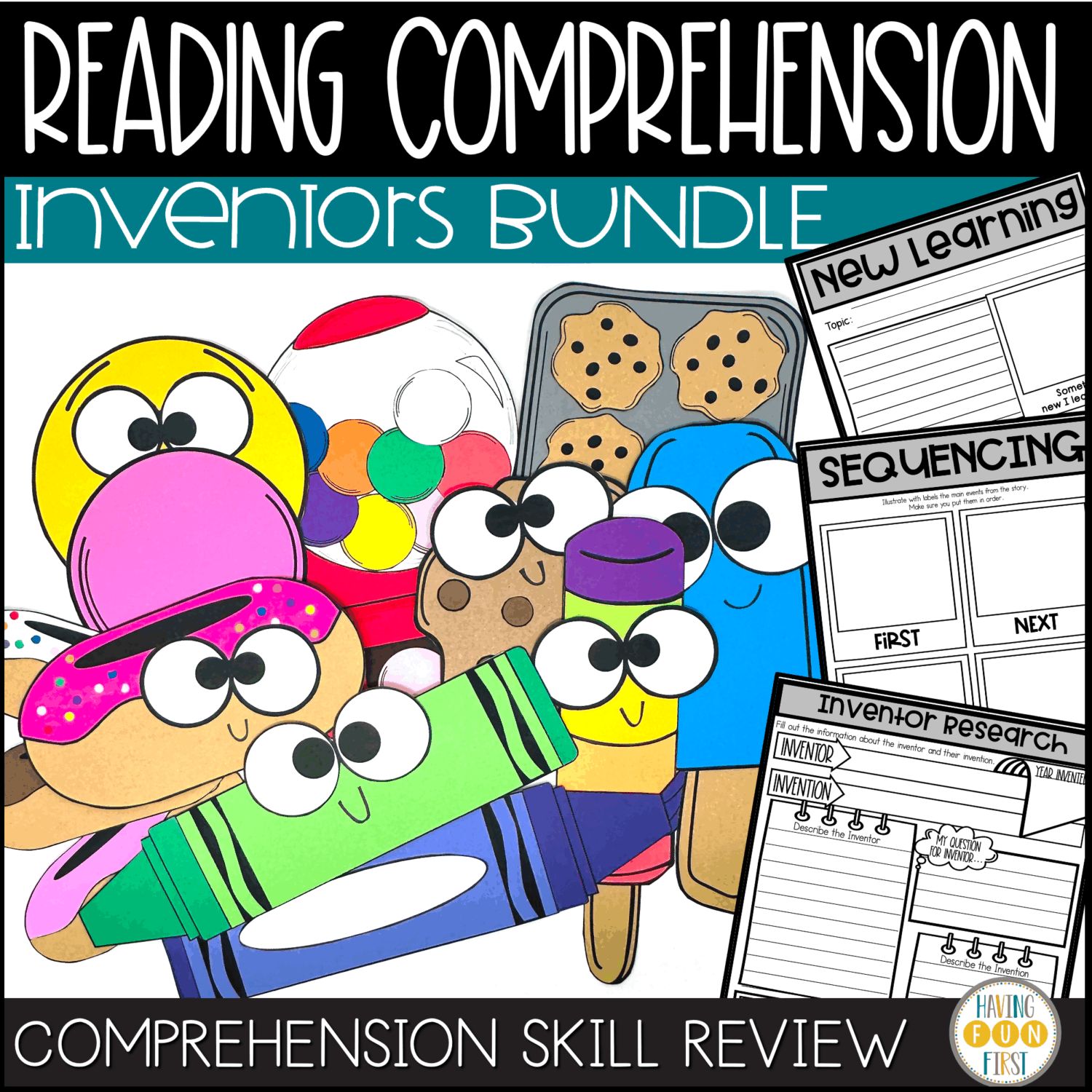
Reading Comprehension Resources
One of the best parts about this inventors unit is how it pulls multiple comprehension strategies together into one cohesive, engaging theme. It’s ideal for a review week—or anytime you want to revisit key concepts with purpose and energy and it won’t feel like a test prep grind!
Here are the reading comprehension skills included in this unit for each of the books mentioned above:
- Sequencing (following the steps of each invention’s story)
- Author’s Purpose (why did the author choose to tell the story this way?)
- Summarizing (retelling the main points in their own words)
- Character Analysis (examining the traits of each inventor)
- Asking and Answering Questions (to build curiosity and comprehension)
- Story Mapping (identifying beginning, middle, and end)
- Cause and Effect (understanding how mistakes led to breakthroughs)
- Topic and Main Idea (pinpointing what each book is really about)
- Text Connections (relating stories to their own experiences)
This makes it a great way to spiral review essential skills without going back to dry passages or routine worksheets. Every activity is rooted in engaging texts that students genuinely enjoy.

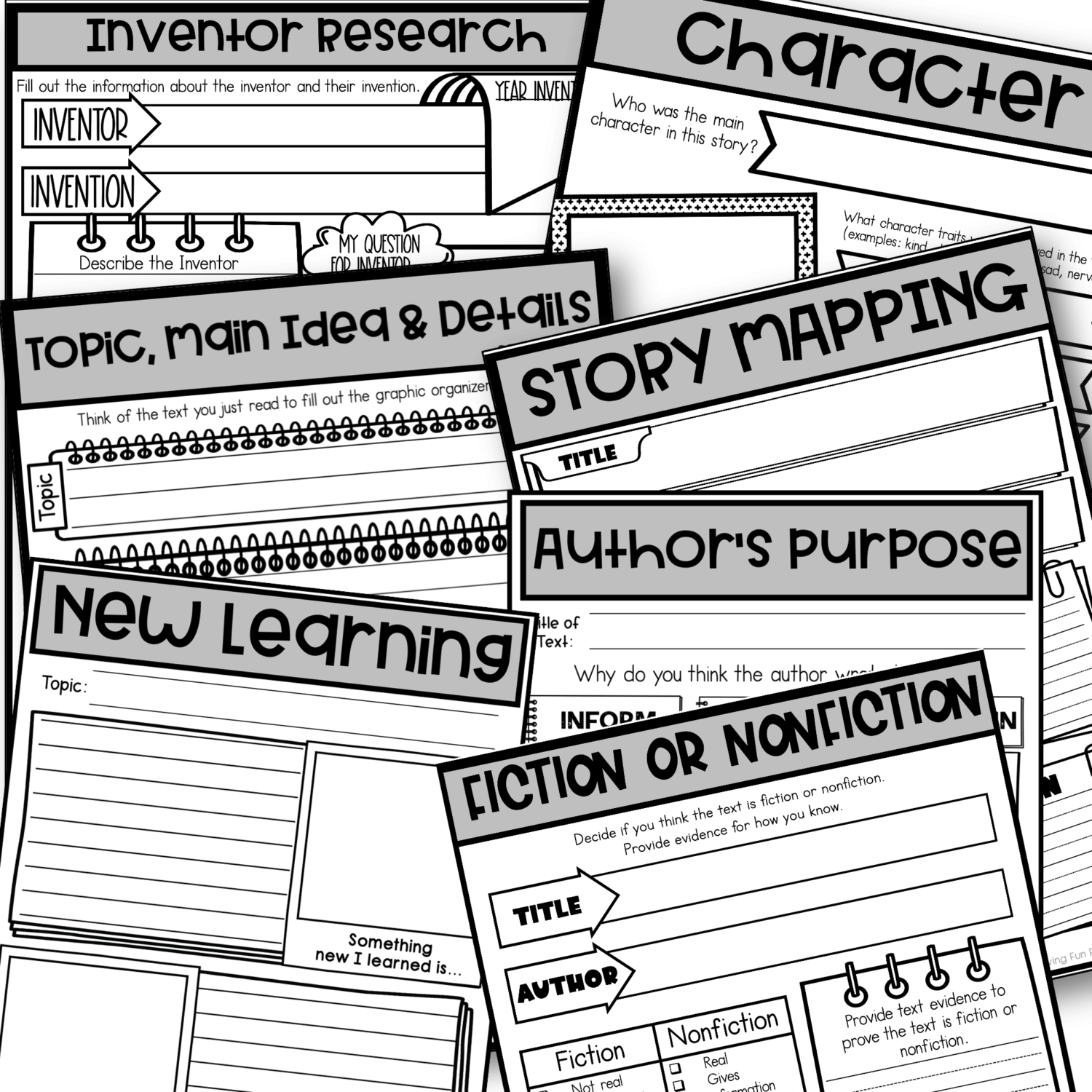
Teaching Tips: Making the Most of Your Inventors Unit
1. Use an “Inventor of the Day” Approach
Start each morning by spotlighting one inventor or object. Read a fun fact, pose a question (“What do you think went wrong the first time someone tried this?”), and let students make predictions before reading the book.
2. Connect Reading to Real-World Problems
After reading, encourage students to think like inventors. “What’s something in your classroom that could be improved?” is a simple prompt that gets their wheels turning. The following invention writing templates are included in the Inventors Unit!
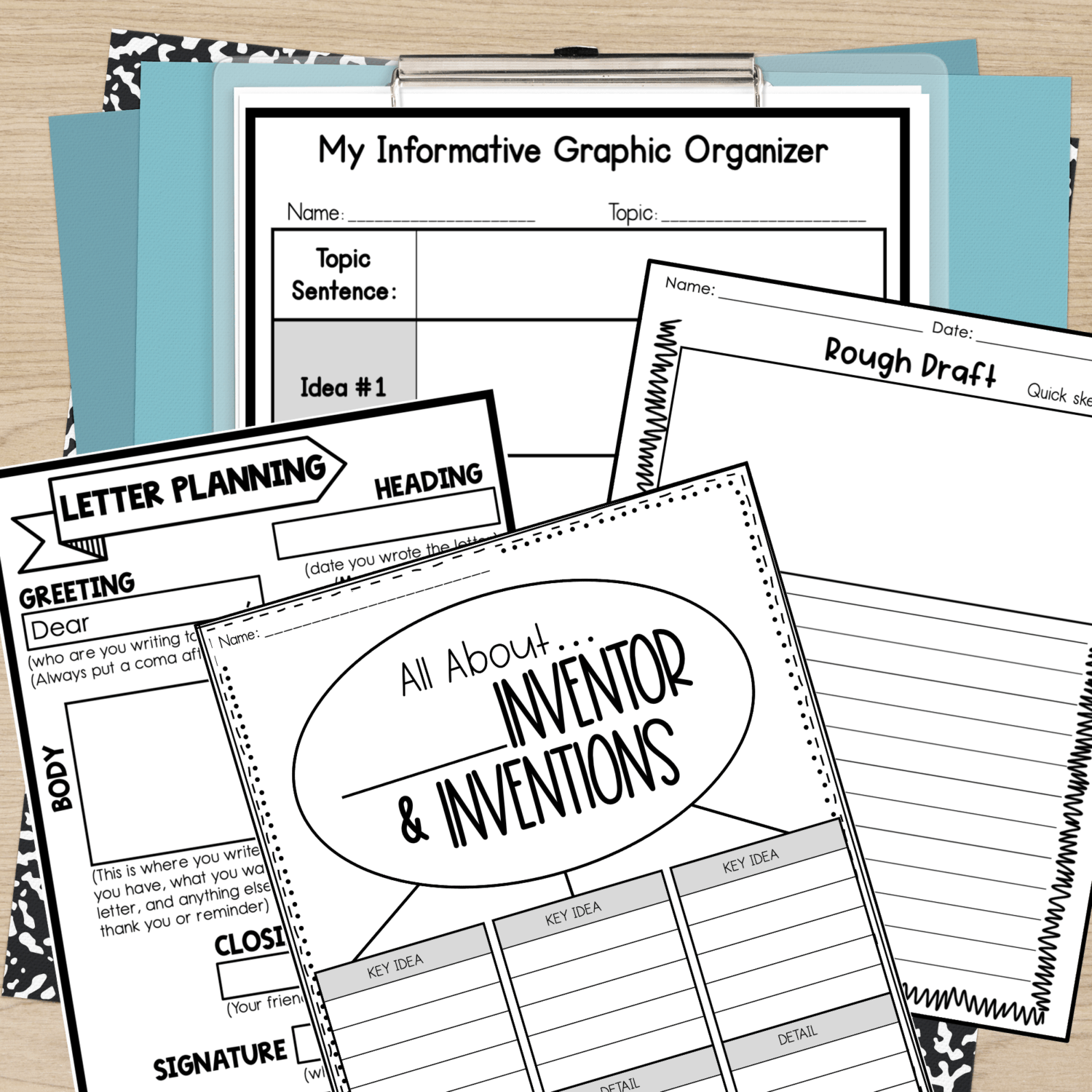

3. Tie in Mini STEM Challenges
Give students a few basic materials (paper, tape, straws) and ask them to invent something new. It doesn’t need to work perfectly—the point is to think, try, reflect, and revise. I love doing STEM challenges and have many resources for incorporating STEM in your classroom. Here are just a few:
- Creating a STEM Bin
- How to Implement STEM in Your Classroom
- 6 Activities for STEM and Reading Comprehension
4. Make it Collaborative
Use the book talk questions for small group discussions or even buddy reading. Let students explain an invention or re-tell the story using their own craft project.
Inventors Unit Freebie
I’m sharing this FREE “Inventor Research” Brainstorm Worksheet to help you get started. It’s a one-page printable with an optional National Geographic Inventors video link where students can learn about different inventors and their creative inventions, share about the inventor, explain how the creation works, and think through its purpose. It’s also great after any of the inventor read-alouds and doubles as a fun writing or morning work activity.
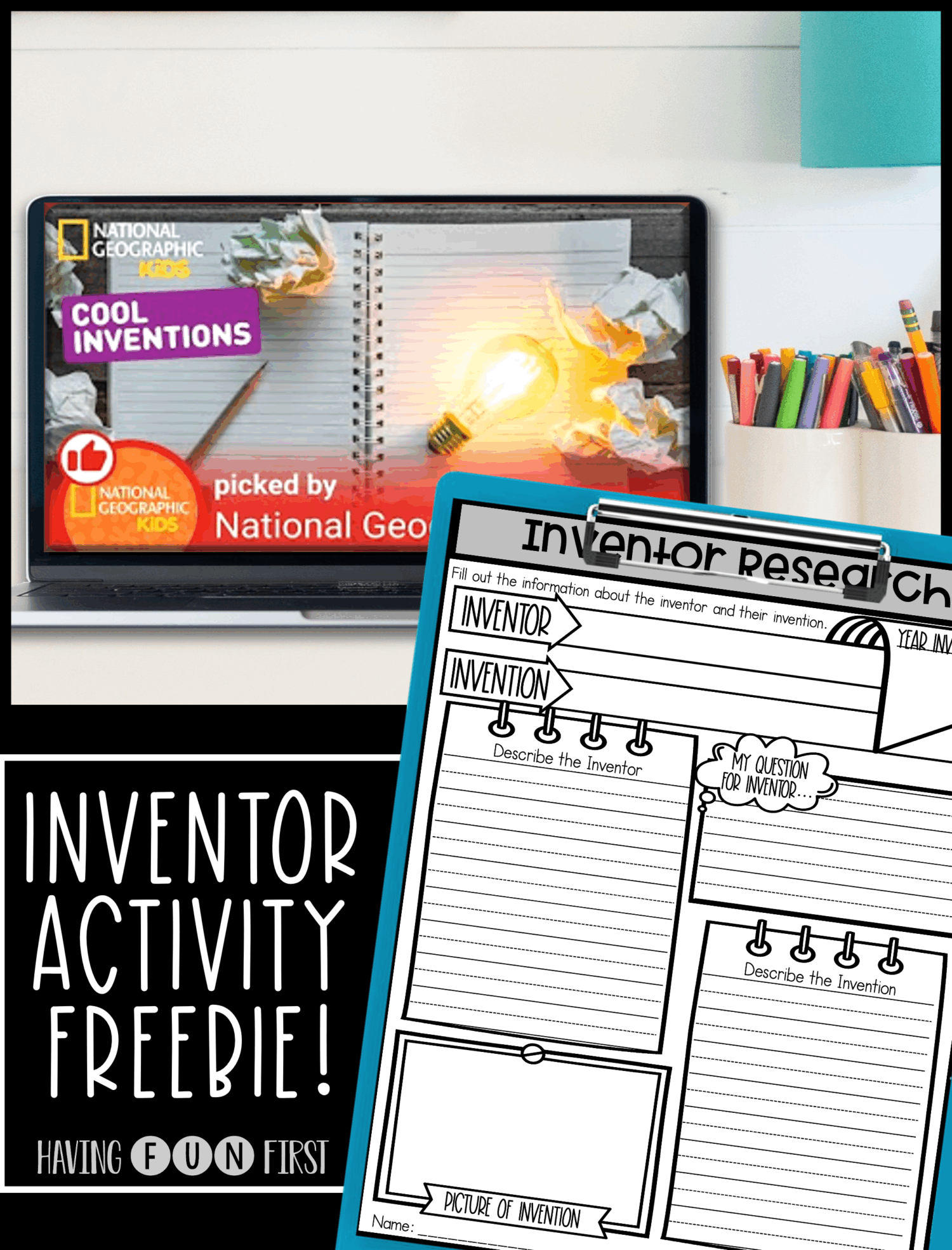


Leave a Reply